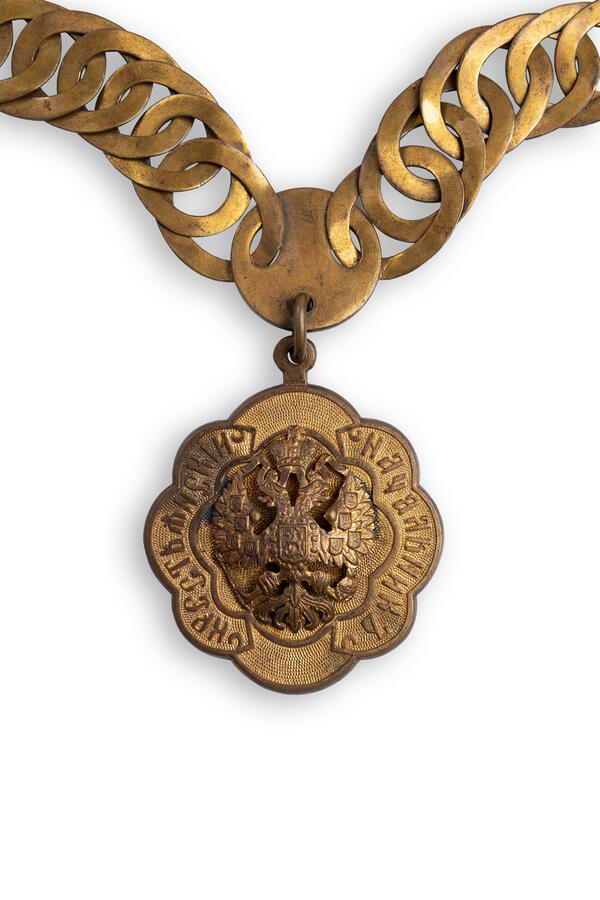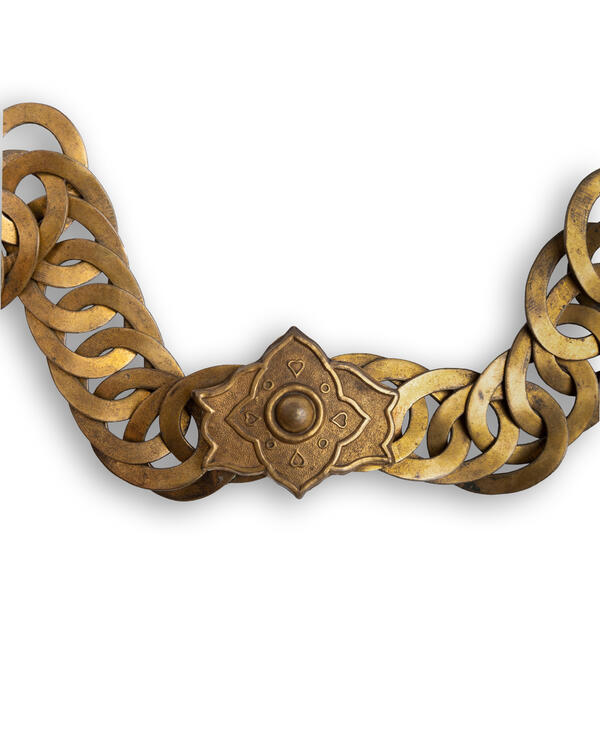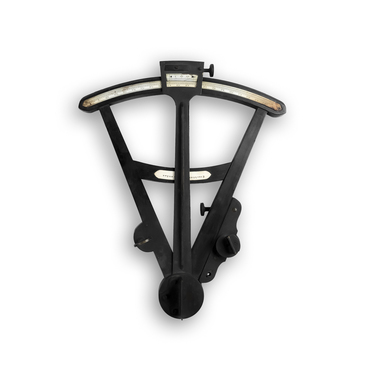According to the “Land Captain Statute” of 1889, which was developed as part of the administrative reform, each uyezd of the Russian Empire was divided into zemstvos, headed by land (zemstvo) captains from among hereditary noblemen over 25 years of age, with higher education or at least three years of service as a district captain, zemstvo deputy or a magistrate. A very high property qualification was established for land captains, which prevented commoners and even officials from being admitted to the post. The appointment and approval of candidates was carried out by the governor and the Ministry of Internal Affairs.
Due to the absence of the local nobility in Siberia and the Far East, the Provisional Regulation of June 2, 1898 introduced the post of peasant land captain. Persons with higher or secondary education or those who passed a “special test” were appointed to this position. Persons under investigation, dismissed from office, declared insolvent debtors or under guardianship for embezzlement were not eligible for the post. On August 7, 1898, the design of the badge of a peasant land captain was approved by the Emperor.
The official badge of the peasant land captain is a heavy figured rounded plate measuring 6.7×6.7 cm, made of non-ferrous metal alloy. In the center of the obverse is a relief overlay in the form of a double-headed eagle, and on the sides of the eagle is the inscription “Peasant Land Captain”. In the center of the reverse inscription reads “1898 year 2 June”. The upper part of the sign has a lug, attached to the chain. The chain of office is made of oval brass scaled links. In the upper part there is a shaped plate decorated with a simple floral pattern.
On April 23, 1901 the Statute
of 1898 was introduced in the Transbaikal region, and on May 27, 1902 in the
Amur and Primorsky regions. By 1912, there were 14 peasant precincts in the
South Ussuriysk region. On June 30, 1917, the position of peasant land captains
was abolished by the Provisional Government.





